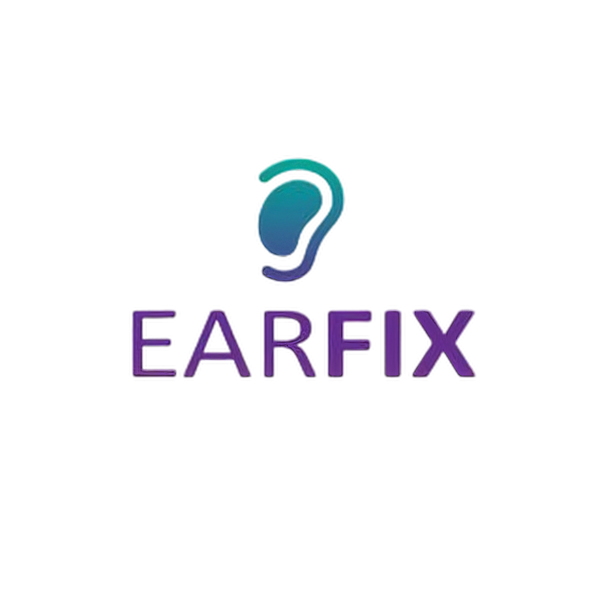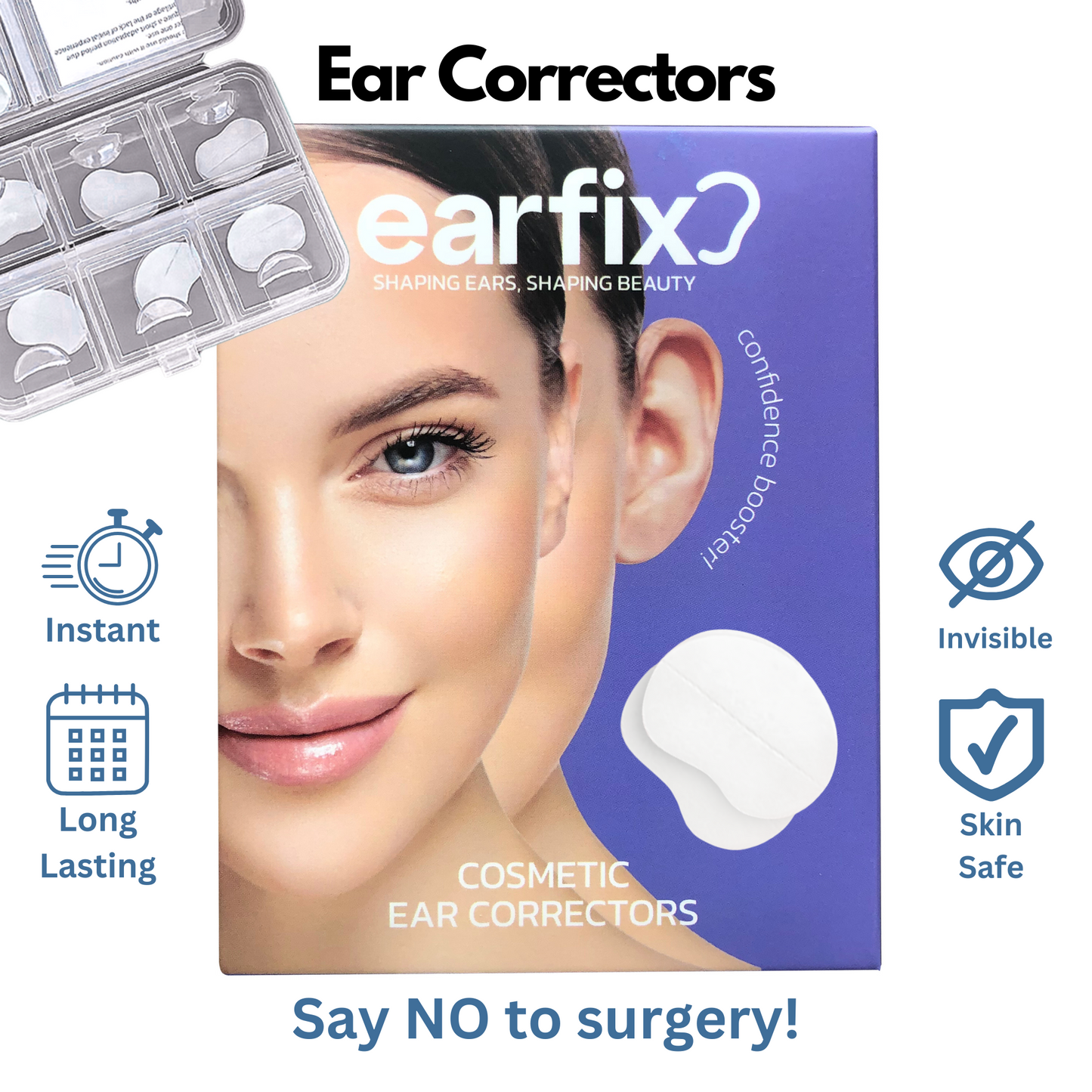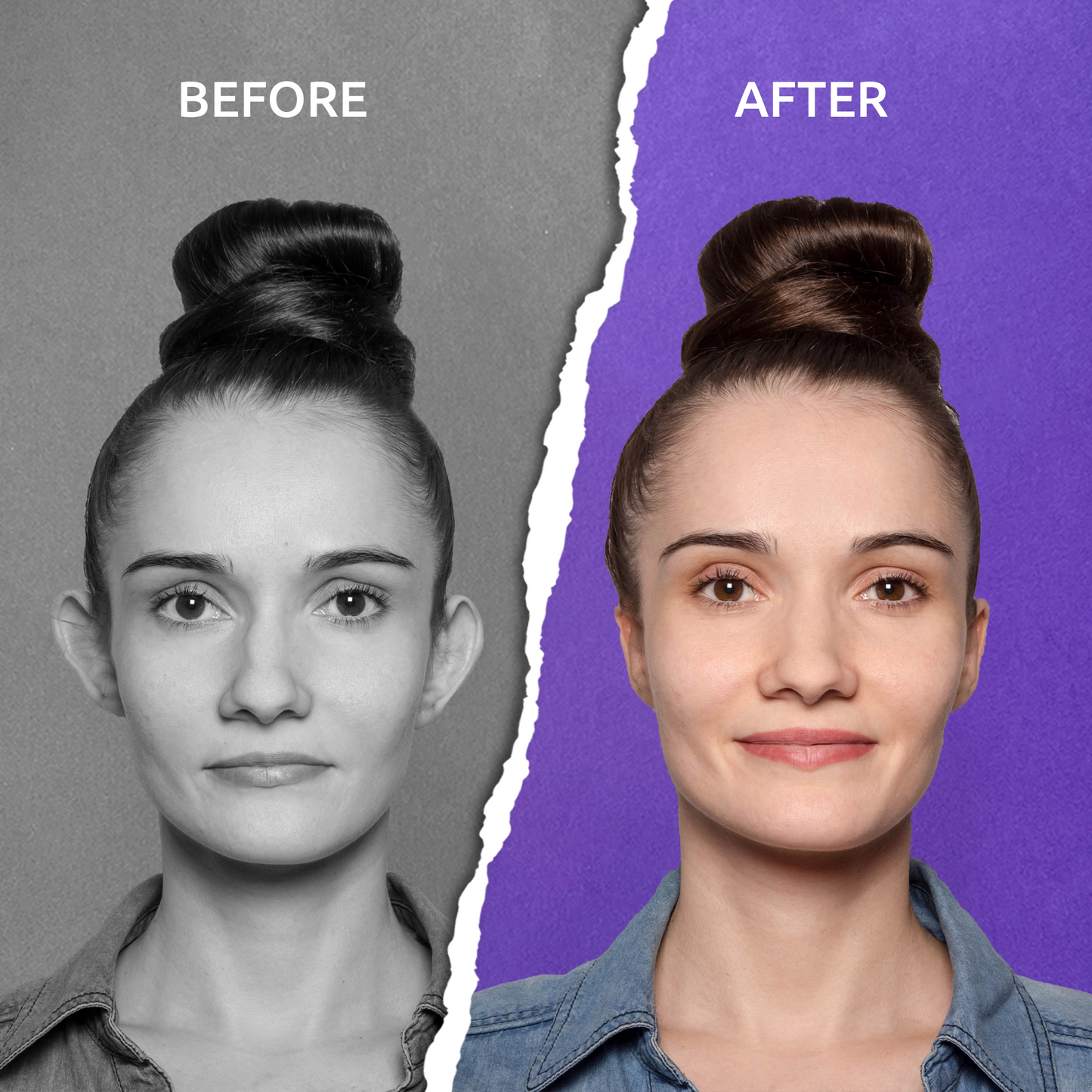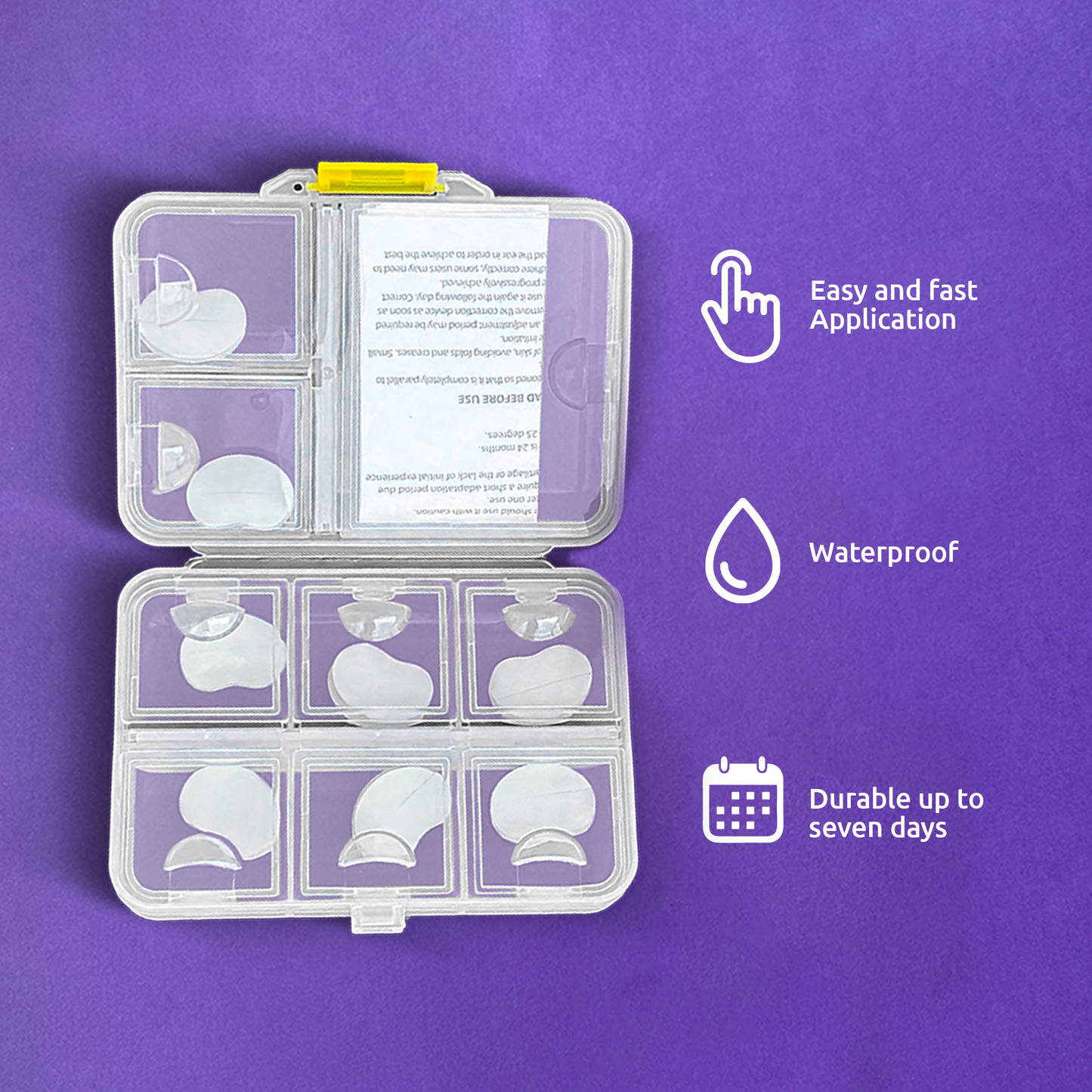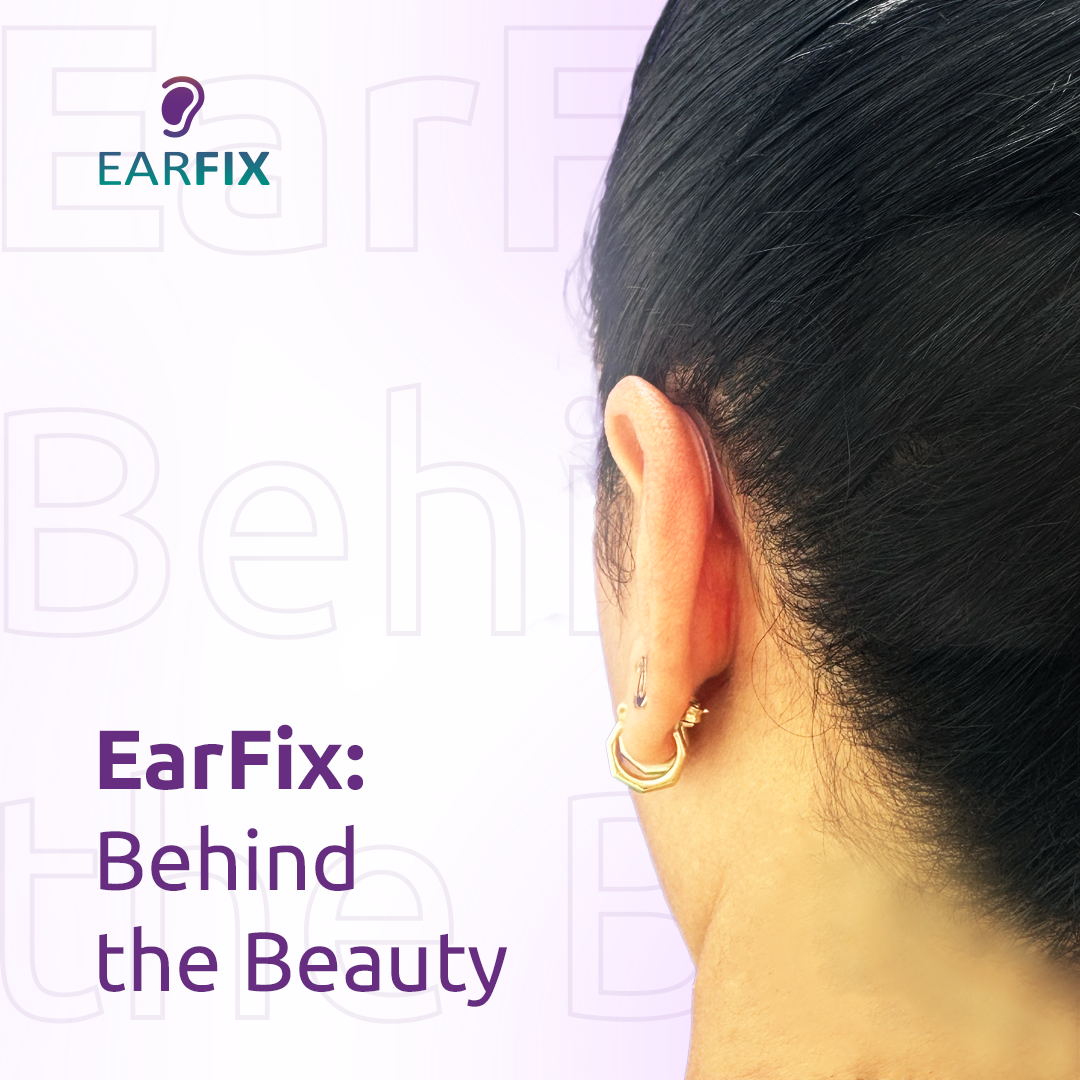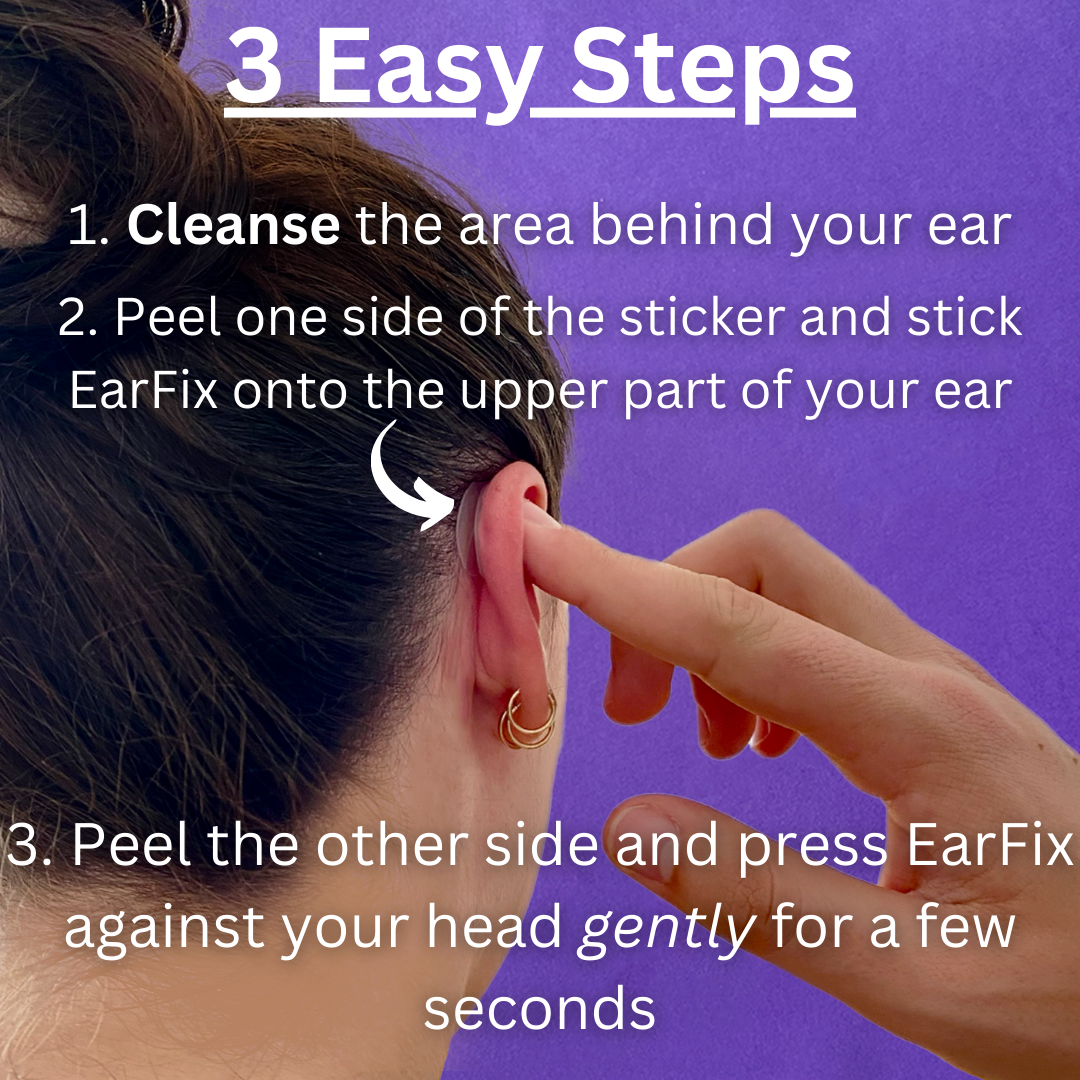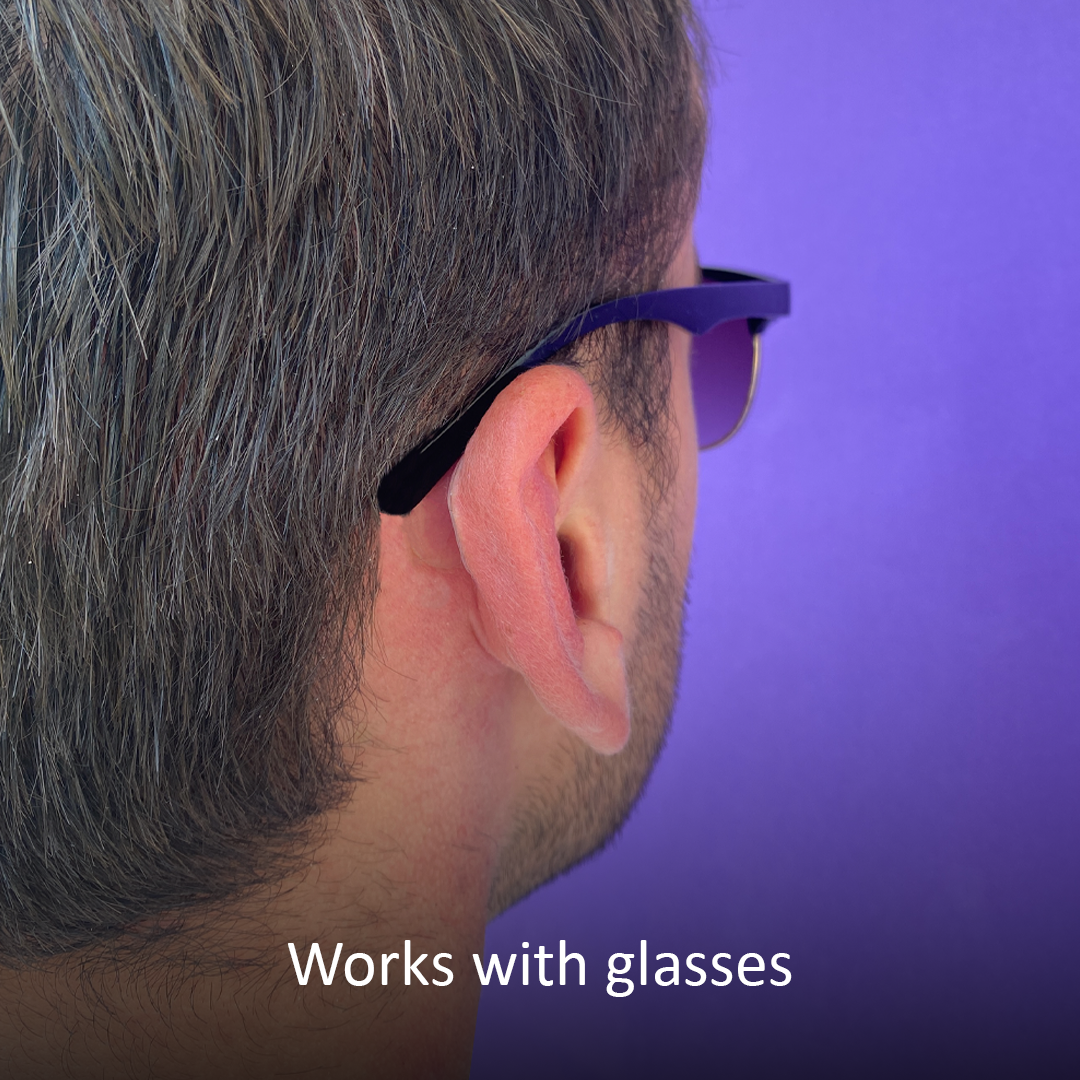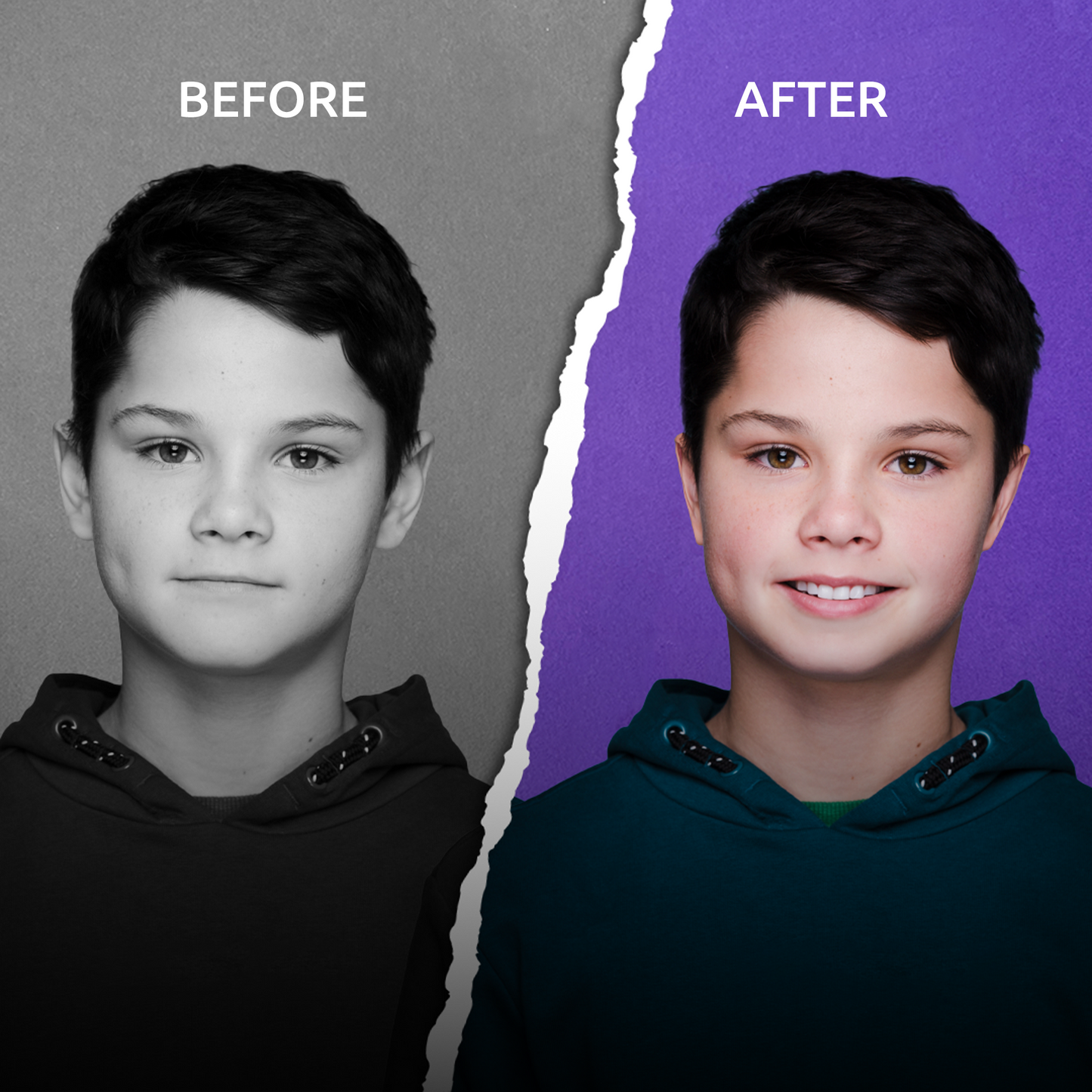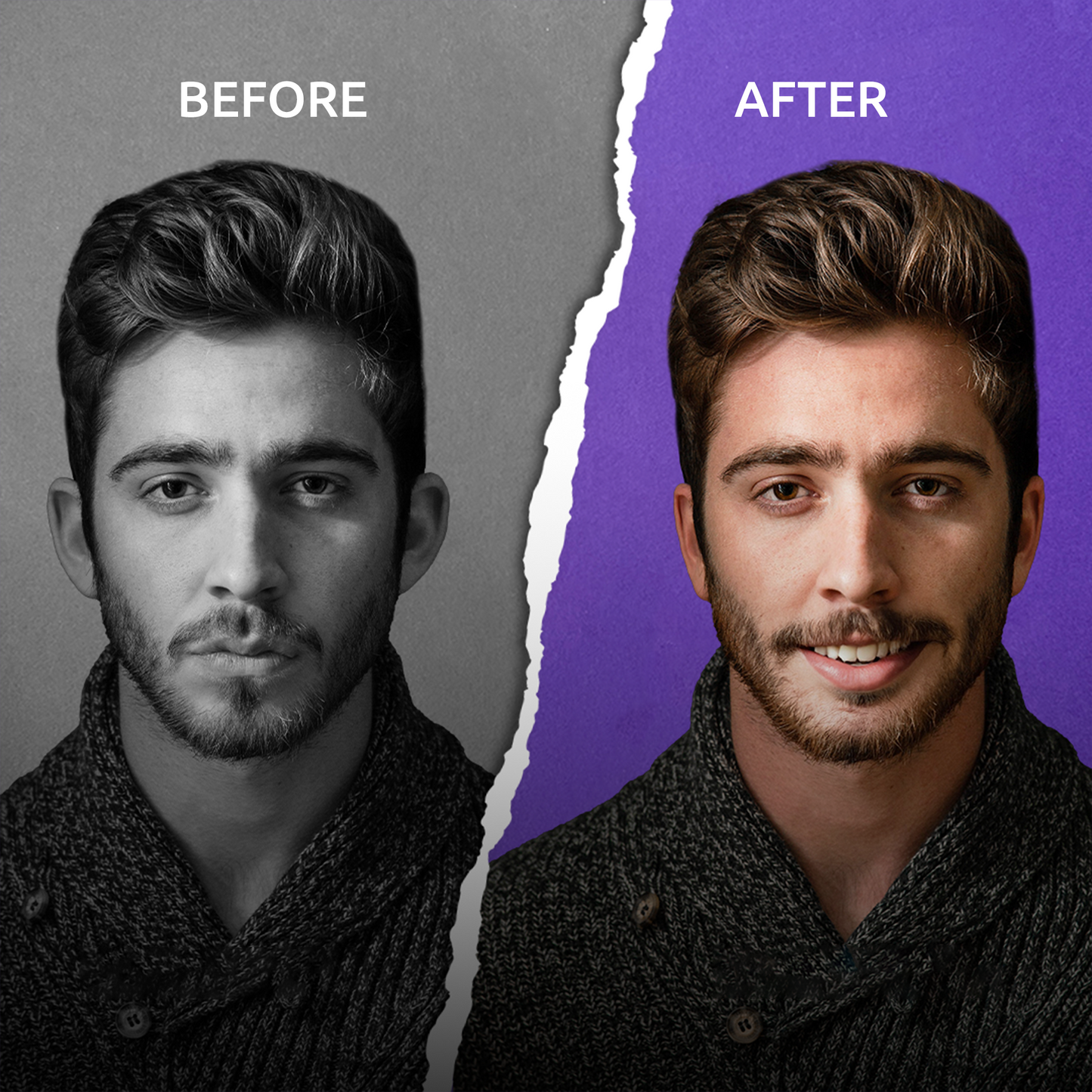As a parent, you notice every little detail about your newborn. So, if you've found yourself looking at your baby's ears and thinking they stick out a bit, you're not alone. The simple truth is that this is an incredibly common and purely cosmetic trait for many infants. It’s almost never a sign of any underlying health or hearing problems.
Why Some Baby Ears Stick Out and What It Means

When you're a new parent, it's easy to worry about the smallest things, like the shape of your baby's ears. Let us put your mind at ease—prominent ears are quite common and typically nothing to be concerned about from a medical standpoint.
Think of your baby’s ear cartilage as soft, pliable clay in these early months. Its final shape is still being molded, and it's influenced by a few simple factors.
The most common reason for prominent ears is just plain old genetics. Just like eye color and hair texture, the shape and angle of the ears are often inherited traits passed down through families. If you, your partner, or other relatives have ears that stick out, there's a good chance your little one will, too.
Another key factor is how your baby was positioned in the womb. During the final stretch of pregnancy, things get pretty snug in the uterus. Your baby’s soft ears can sometimes get folded or pressed into an outward position, and that gentle pressure can temporarily affect their shape right after birth.
Understanding the Causes of Prominent Ears
When you get down to the nitty-gritty, the appearance of ears that stick out usually comes down to the structure of the ear cartilage itself. It typically happens for one of two reasons:
- An Underdeveloped Antihelical Fold: This is the inner ridge of the ear that gives it that defined, C-shaped curve. When this fold isn't fully formed, the outer rim of the ear can project outward instead of tucking back.
- Excess Conchal Cartilage: The "concha" is that bowl-shaped part of the ear right next to the ear canal. If there's a little extra cartilage here, it can push the entire ear structure outward, away from the head.
It's so important to remember that this is simply a variation in ear anatomy, not a defect. It has absolutely no impact on your baby's ability to hear or on their overall health.
This trait is seen in kids all over the world. While the exact numbers vary, it’s a shared human feature. For instance, some studies suggest that approximately 5% of Caucasian children have prominent ears. Another study looking at a group of Zimbabwean primary school children found the rate to be around 6.89%. If you're curious, you can read more about these findings on ear shape prevalence to see just how common it is.
Because infant ear cartilage is so soft and malleable, many parents start looking into gentle, non-surgical options to help guide the ear's shape during this formative period. This is where solutions like EarFix Baby ear correctors come in. They offer a safe, pain-free, and affordable way to address this cosmetic concern early on, helping you feel proactive without ever having to consider more invasive procedures down the road.
The Golden Window for Gentle Ear Correction
Did you know there's a special period right after birth when your baby’s ear cartilage is incredibly soft and easy to guide? This brief but crucial time is what many specialists call the "golden window" for gentle, non-surgical ear correction.
It's all thanks to maternal hormones still circulating in your baby’s system, which keep their cartilage wonderfully pliable.
Think of it like working with soft, warm clay versus trying to reshape a piece that has already hardened. Acting within these first few months is like gently molding that soft clay. The cartilage is receptive to gentle guidance, making it the perfect time to address prominent ears before the cartilage naturally firms up. This is why getting started early can be so simple and effective.
Why Timing Is Everything
The first three to six months of a baby's life are truly unique. During this period, the cartilage in their ears is at its most malleable. As those maternal hormones gradually leave their system, the cartilage begins to set into its permanent shape.
This makes the newborn stage the most effective time for using a gentle solution like a baby ear corrector. This isn’t about rushing into a medical procedure; it’s about taking advantage of a natural, temporary state. Intervening during this window offers a simple, pain-free way to encourage the ears to develop a more typical shape.
A Non-Surgical Otoplasty Solution
Thinking about solutions for when a baby's ears stick out can feel overwhelming, but it doesn't have to be. Non-surgical options like EarFix Baby ear correction stickers are designed specifically for this golden window.
You can think of it as a form of non-surgical otoplasty. The stickers gently hold the ear in the desired position, allowing the soft cartilage to adapt and remodel itself naturally over time.
By acting early, you're choosing a path that is entirely non-invasive and pain-free. It’s a proactive and loving choice that helps you avoid the cost and recovery of surgery later on.
To get a better sense of how this compares to surgical options, you can explore our detailed guide on EarFix vs. Surgery. The contrast is clear: a gentle, at-home solution versus a significant medical procedure.
Understanding this timeline empowers you to make an informed decision for your family. If you want to see how this gentle approach has helped others, take a look at our inspiring Customer Stories. Ready to see how easy it is? Check out our step-by-step instructions on How to Use EarFix.
Comparing Solutions for Prominent Ears
When you first notice your baby's ears stick out, it's natural to wonder what your options are. The good news is, you have a few different paths to consider, and understanding them is the first step toward feeling confident and in control. Broadly, you can choose to wait and see, explore a non-surgical correction, or consider surgery much later in life.
Each approach has its own timeline, cost, and comfort level for your little one. A gentle, non-surgical prominent ears solution like EarFix Baby gives you a proactive choice during that "golden window" when your baby's cartilage is still incredibly soft and pliable. This is a world away from waiting years for a potential surgical procedure.
Non-Surgical Otoplasty: A Gentle First Step
Non-surgical methods, often called ear molding, are gaining serious traction for a simple reason: they work. A recent study even showed that while newborn ear deformities are quite common, early non-surgical correction achieved an impressive 92.1% success rate. It’s all about gently guiding the ear's shape during those first crucial months. You can even read the full research on non-surgical correction to see why it's becoming so accepted.
EarFix Baby is a perfect example of a modern baby ear corrector. It uses discreet, medical-grade silicone stickers to hold the ear in a more natural position. It’s completely pain-free, non-invasive, and designed specifically for delicate infant skin. This makes it an easy, accessible option for parents who want to act early.
This decision tree helps visualize how acting early—within the first six months—puts you right in that sweet spot for gentle, effective correction.
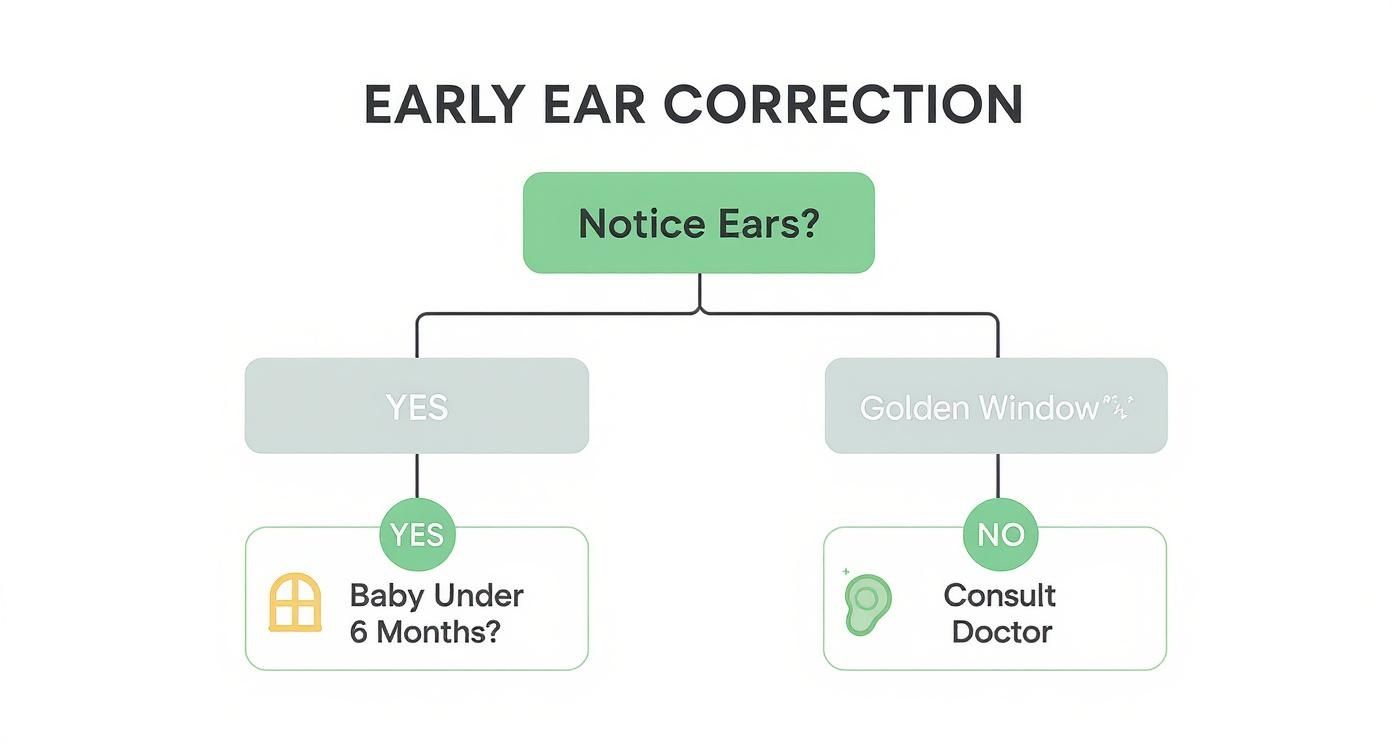
As you can see, timing is everything. That soft cartilage in young babies is much more receptive to gentle guidance.
Ear Correction Methods At a Glance
The difference between using ear correction stickers like EarFix and waiting for otoplasty (ear surgery) is huge. To make it simple, let's break down the most common approaches side-by-side.
| Method | Ideal Age | Invasiveness | Cost | Comfort Level |
|---|---|---|---|---|
| EarFix Baby | Newborn - 12 Months | Non-invasive; uses gentle, external adhesives | Affordable; a fraction of the cost of surgery | High; pain-free and designed for daily wear |
| Otoplasty Surgery | Age 5+ | Invasive; requires anesthesia and incisions | Significant expense; can cost thousands of dollars | Low; involves a recovery period with discomfort and bandages |
As the table shows, these two paths could not be more different. EarFix gives you a proactive, gentle solution you can use at home right now, while surgery is a major medical procedure that happens years down the road. If the financial side is on your mind, our guide offers a deeper look into how much otoplasty costs.
Seeing the options laid out so clearly really highlights the benefits of a simple, early approach.
Choosing a non-surgical solution is about more than just aesthetics; it's about giving your child comfort and confidence in a simple, loving way, without the stress and recovery of surgery.
Ultimately, the best choice is the one that feels right for your family. If a gentle, early approach sounds like the best fit, exploring a safe and trusted product like EarFix is an excellent next step. You can learn more at earfixusa.com or find us on Amazon.
How Gentle Ear Correction Stickers Work
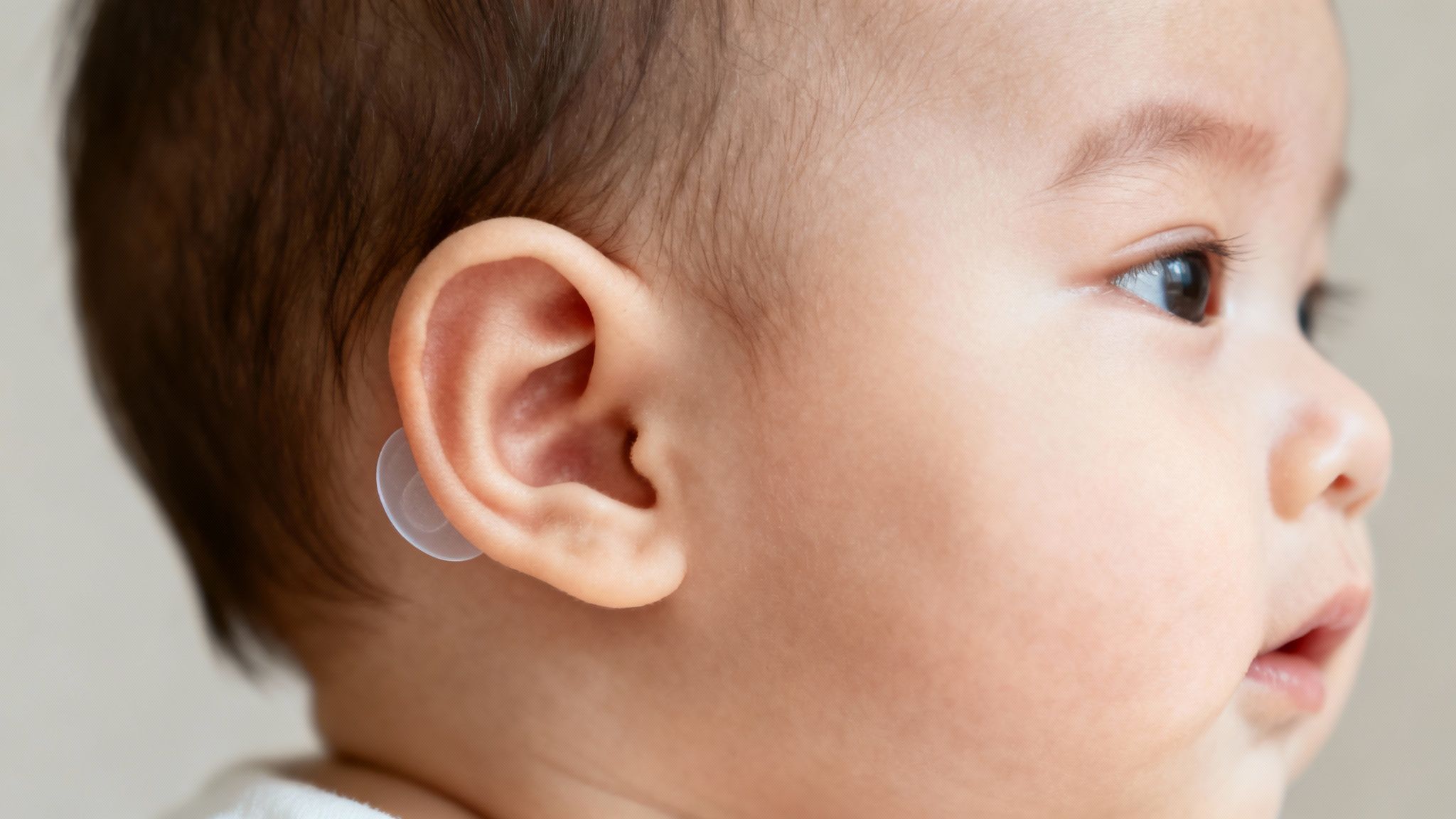
When you're looking for a simple and effective prominent ears solution, it's helpful to know exactly what's going on behind the scenes. EarFix Baby is a discreet, hypoallergenic baby ear corrector made from medical-grade silicone, designed with your little one’s safety and comfort as the absolute top priority.
The idea is beautifully simple. The corrector is a small, see-through sticker that sticks gently behind the ear and to the skin on the side of the head. This simple action holds the ear in a more natural position, which keeps it from folding over while your baby is sleeping or playing.
That gentle hold is really the secret sauce. By keeping the ear where it should be, the soft, pliable cartilage is encouraged to adapt and reshape itself over time. Think of it as a gentle guide for your baby’s ears as they grow, working with their natural development, not against it.
A Focus on Safety and Comfort
As a parent, your baby's well-being is everything. That’s exactly why EarFix Baby correctors are made from materials you can feel good about.
- Medical-Grade Silicone: The corrector itself is soft and flexible, made from the same high-quality silicone trusted in medical settings.
- Hypoallergenic Adhesive: The sticker's adhesive is dermatologist-tested and specifically created for an infant's delicate, sensitive skin, which minimizes any risk of irritation.
- Breathable and Discreet: The design is practically invisible, making it perfect for everyday wear and all those family photos. It's so light and comfortable, your baby won't even realize it's there.
This thoughtful construction gives parents a reliable non-surgical otoplasty option that is completely pain-free and easy to manage right at home. It’s a world away from invasive surgery, offering a loving and gentle alternative.
The real beauty of ear correction stickers like EarFix is how straightforward they are. They offer a cosmetic improvement that can boost comfort and confidence down the line, without any of the stress, cost, or recovery that comes with surgical procedures.
Real-Life Usability, Day In and Day Out
EarFix is built to fit right into your daily routine without any fuss. The correctors are waterproof and tough enough to stay put through naps, bath time, and even the most active playtime. You can rest easy knowing they are working around the clock.
This consistent, gentle support is what helps you get the best cosmetic results during that crucial "golden window" when your baby’s cartilage is at its most malleable. For a clear, step-by-step walkthrough on getting the placement just right, you can check out our detailed instructions on how to fix ears that stick out.
Ready to see how this simple solution can make a difference? Explore EarFix Baby on earfixusa.com or find us on Amazon to take the next step with confidence.
Practical Tips for Success with EarFix
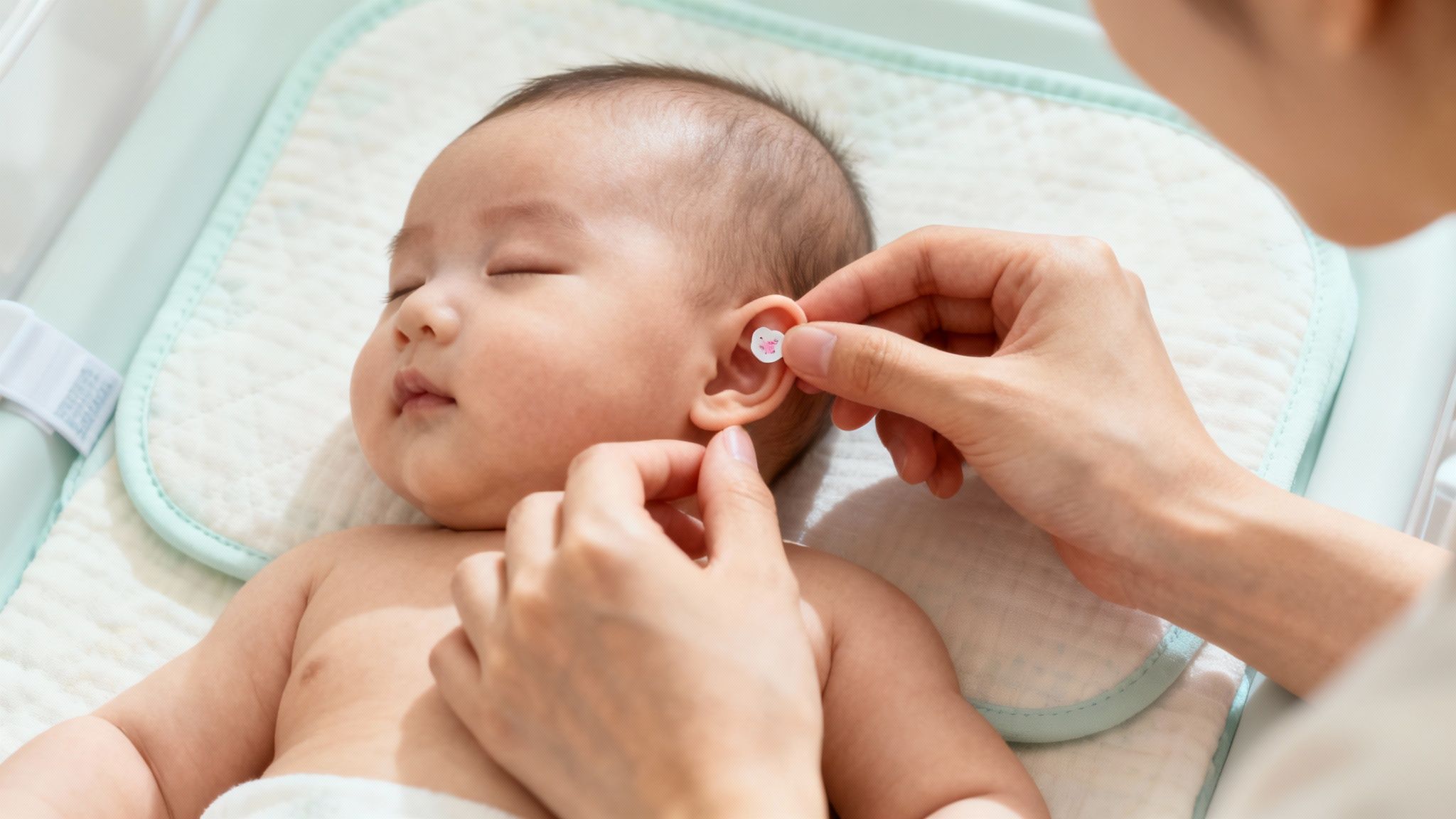
Getting the best results with EarFix is actually pretty simple once you get the hang of it. With just a few easy tips, you can make the whole experience smooth and comfortable for you and your little one, making this gentle journey feel natural from the start.
One of the most important first steps is just prepping your baby’s skin. Make sure the area behind the ear and the skin on their head is clean and completely dry before applying the baby ear corrector. This tiny bit of prep work makes a huge difference in getting the best possible adhesion, helping the correctors stay put through all the wiggles, naps, and playtime.
Mastering Application for Optimal Comfort
Proper placement is everything—it’s the key to making EarFix both effective and comfortable. You want to position the corrector so it gently coaxes the ear into a natural-looking position close to the head, without any pulling or strain.
- Clean and Dry: Gently wash the skin with a mild soap and water, then pat it completely dry. It's best to skip any oily lotions or creams right before application, as they can weaken the adhesive.
- Optimal Placement: Stick one side of the corrector to the back of the ear and the other to the skin on the head. You're looking for that sweet spot where the ear is held comfortably in its new position.
- Press Firmly: Once it’s in place, just press gently on the corrector for a few seconds to make sure you have a good, secure bond.
This simple routine ensures the ear correction stickers are doing their job without your baby even noticing. For a super clear visual guide, you can check out our step-by-step instructions on how to use EarFix.
The goal is to make EarFix a seamless part of your daily life. It’s designed to be so discreet and comfortable that you and your baby will forget it’s even there, all while it works gently in the background.
Real-Life Durability and Confidence
We get it—parents often wonder how a small sticker can possibly hold up to the daily adventures of a busy baby. EarFix was designed for real life. The dermatologist-tested adhesive is strong enough to last through naps and even baths, but it’s still gentle enough for your baby’s delicate skin. That reliability gives you peace of mind, knowing the corrector is consistently doing its job.
This method is a powerful non-surgical otoplasty solution you can manage right from the comfort of your own home. It’s an affordable, pain-free alternative to surgery that helps build confidence one day at a time. To see how this gentle approach has helped other families, feel free to explore our inspiring Customer Stories.
If you’re ready to try a gentle, effective, and trusted prominent ears solution, you can visit earfixusa.com or find EarFix Baby on Amazon to start your journey today.
Common Questions About Baby Ears and EarFix
As a new parent, it's completely normal to have questions about your little one's ears. We get it. This section is here to give you clear, reassuring answers to the things parents most often ask about prominent ears and using EarFix. We'll cover everything from skin safety to how long the process might take.
Our goal is to be straightforward and helpful, reinforcing what matters most: safety, gentle effectiveness, and ease of use. This is also where we can help you figure out your next step. If you're ready to learn more about a trusted, non-surgical solution, we invite you to explore what we offer.
First, it’s important to remember just how common variations in ear shape are. A study that looked at thousands of newborns found that about 44.5% of ears showed some kind of difference in shape, like lop ears or little folds. These are almost always just cosmetic, which is why a gentle approach makes so much sense. You can discover more insights about newborn ear morphology to see just how wonderfully varied tiny ears can be.
Are EarFix Correctors Safe for My Baby’s Skin?
Absolutely. Safety is our number one priority, and it’s at the very heart of the EarFix Baby design. The correctors are made from medical-grade, hypoallergenic silicone, and the adhesive we use has been dermatologist-tested and created specifically for the delicate skin of infants.
They are designed to be breathable and gentle, which minimizes the risk of any irritation. We always recommend cleaning and drying the skin thoroughly before you put them on and checking the area daily to make sure everything looks perfect. Of course, if you have any specific concerns, it's always a good idea to chat with your pediatrician.
How Long Does My Baby Need to Wear the Correctors?
The timeline can really vary, depending on your baby's age and how prominent their ears are. A baby's ear cartilage is incredibly soft and pliable in the first few months after birth, so starting early often leads to the best cosmetic improvements in a shorter amount of time.
A typical treatment period can be a few months or longer. The real key to a successful outcome is consistent, daily use. While we stay medically responsible and don't promise permanent results, sticking with it during this formative "golden window" gives you the best shot at a great cosmetic improvement and helps guide the ear into a more natural position.
The goal is simple: to offer a gentle, non-invasive cosmetic solution that promotes confidence and comfort, sidestepping the need for more complex procedures down the road.
Will Taping My Baby's Ears Back Have the Same Effect?
It might seem like a similar idea, but using standard household or medical tape is neither safe nor effective. Those tapes just aren't designed for long-term wear on a baby’s sensitive skin and can easily cause irritation, rashes, or even damage.
More than that, they lack the specific shape and structural support that an engineered baby ear corrector like EarFix provides. EarFix is designed to correctly and comfortably hold the ear's antihelix fold, which is crucial for getting that natural-looking cosmetic result. It’s a solution that is both safe for the skin and truly effective in its function. Feel free to explore our detailed guide on EarFix vs. Surgery to see how a professional solution stacks up.
When Should I Consult a Doctor About My Baby's Ears?
While prominent ears are usually just a cosmetic issue, it’s always a great idea to mention any concerns to your pediatrician during regular check-ups. They can easily confirm that the ear shape is a normal variation and that there are no underlying hearing or structural issues to worry about.
You should definitely consult a doctor if you notice any signs of skin irritation, if your baby seems to be in discomfort, or if the ear shape seems significantly unusual (beyond simply sticking out). A quick visit can rule out any other conditions and give you complete peace of mind. For a little inspiration, you can read our Customer Stories to see how other families navigated this same journey.
At EarFix USA, we believe in empowering parents with safe, gentle, and effective solutions. Our mission is to make non-surgical ear correction an accessible and affordable option for families everywhere.
Ready to explore a trusted and pain-free prominent ears solution? Visit us at earfixusa.com or find our products on Amazon.
Article created using Outrank
